RTX 5070 Ti vs. RX 9070 XT: Battle of GPUs
While the Nvidia GeForce RTX 5090 sits comfortably at the pinnacle of the graphics card market with a steep price tag of $1,999+, it's not within everyone's budget. Fortunately, you don't need to break the bank to enjoy 4K gaming. The Nvidia GeForce RTX 5070 Ti and the AMD Radeon RX 9070 XT offer more wallet-friendly options while still delivering an exceptional 4K gaming experience.
Currently, prices are elevated due to high demand and limited supply shortly after launch, but the RTX 5070 Ti and RX 9070 XT remain the top choices for those seeking a high-end gaming experience without the premium cost.
AMD Radeon RX 9070 XT – Photos

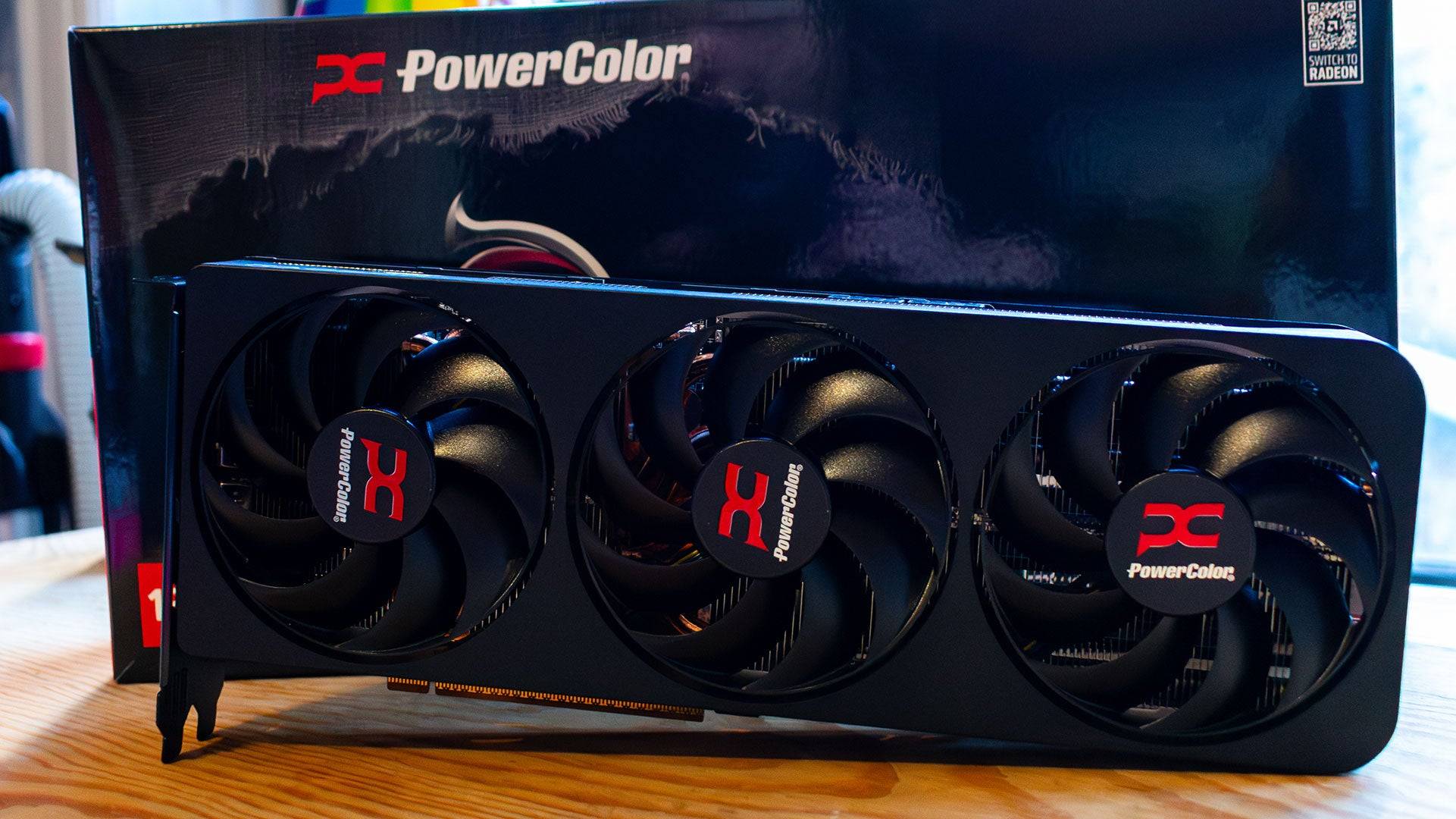 4 Images
4 Images
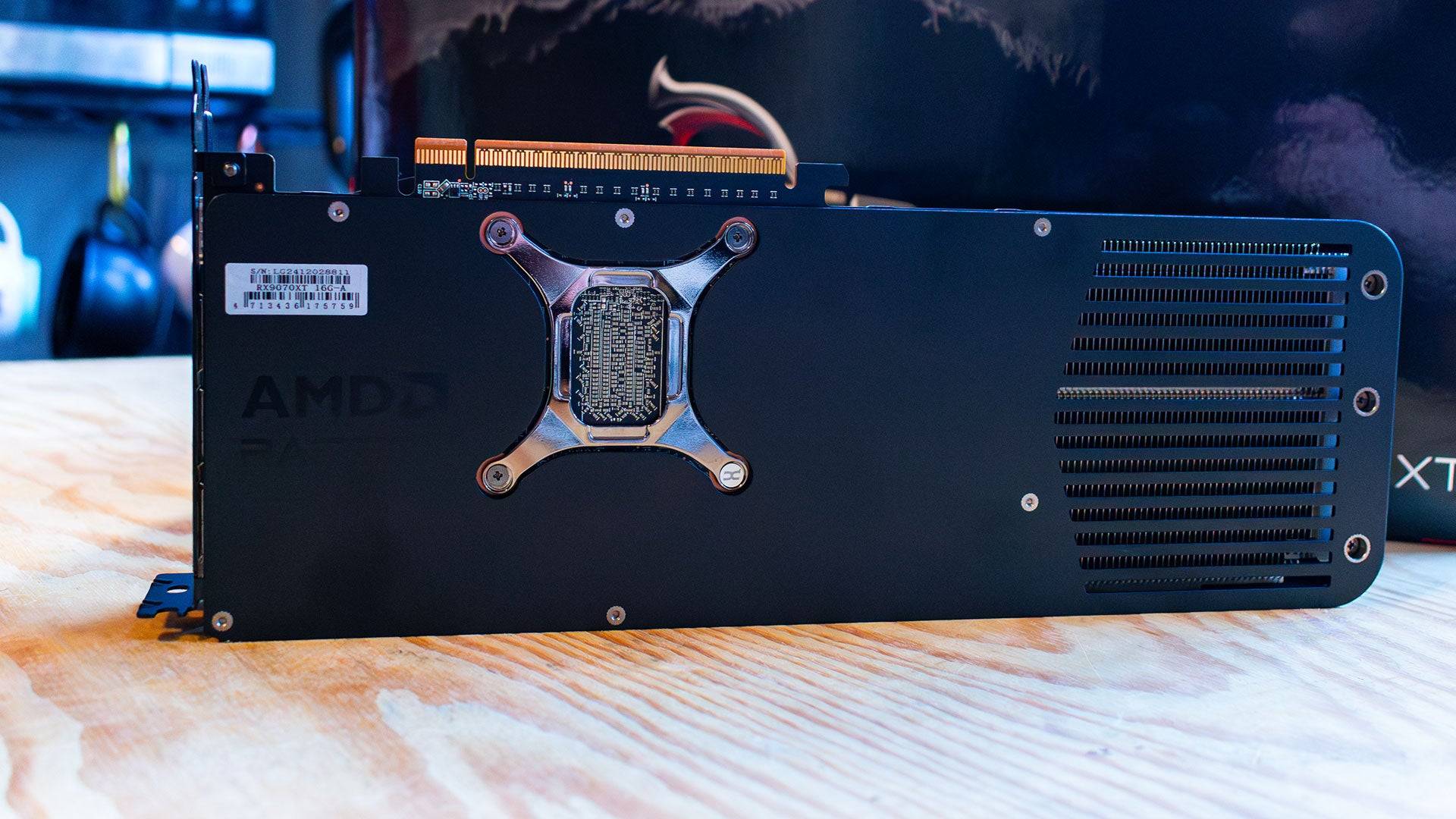
RTX 5070 Ti vs. RX 9070 XT: Specs
Comparing the specs of these two graphics cards, which utilize different architectures, can be challenging. Nvidia’s CUDA cores and AMD’s Shading Units, though similar in function, differ enough to make direct numerical comparisons less meaningful.
The AMD Radeon RX 9070 XT features 64 RDNA 4 compute units, each equipped with 64 shader units, totaling 4,096. Additionally, each compute unit includes two AI Accelerators and one RT Accelerator, resulting in 128 and 64, respectively. Paired with 16GB of GDDR6 memory on a 256-bit bus, this setup is well-suited for current games but might be challenged by future 4K titles.
The Nvidia GeForce RTX 5070 Ti also boasts 16GB of VRAM, but uses the faster GDDR7 memory on a 256-bit bus, offering higher bandwidth. It contains 70 Streaming Multiprocessors (equivalent to AMD's Compute Units), with 8,960 CUDA Cores. Although Nvidia's architecture allows for twice as many Shader Units per Compute Unit, this doesn't necessarily translate to double the performance.
Winner: Nvidia GeForce RTX 5070 Ti
AMD Radeon RX 9070 XT & 9070 – Benchmarks
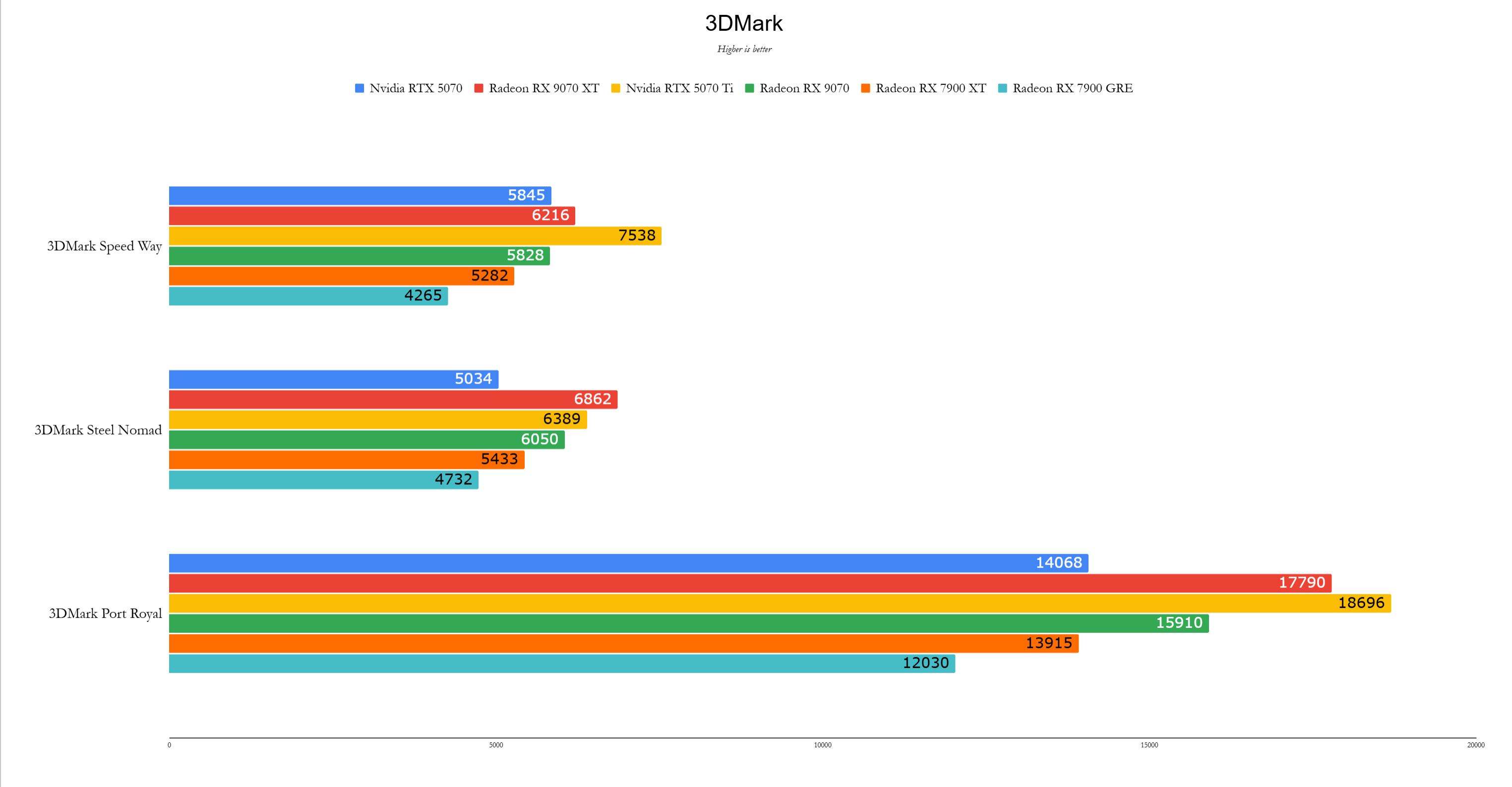
 11 Images
11 Images
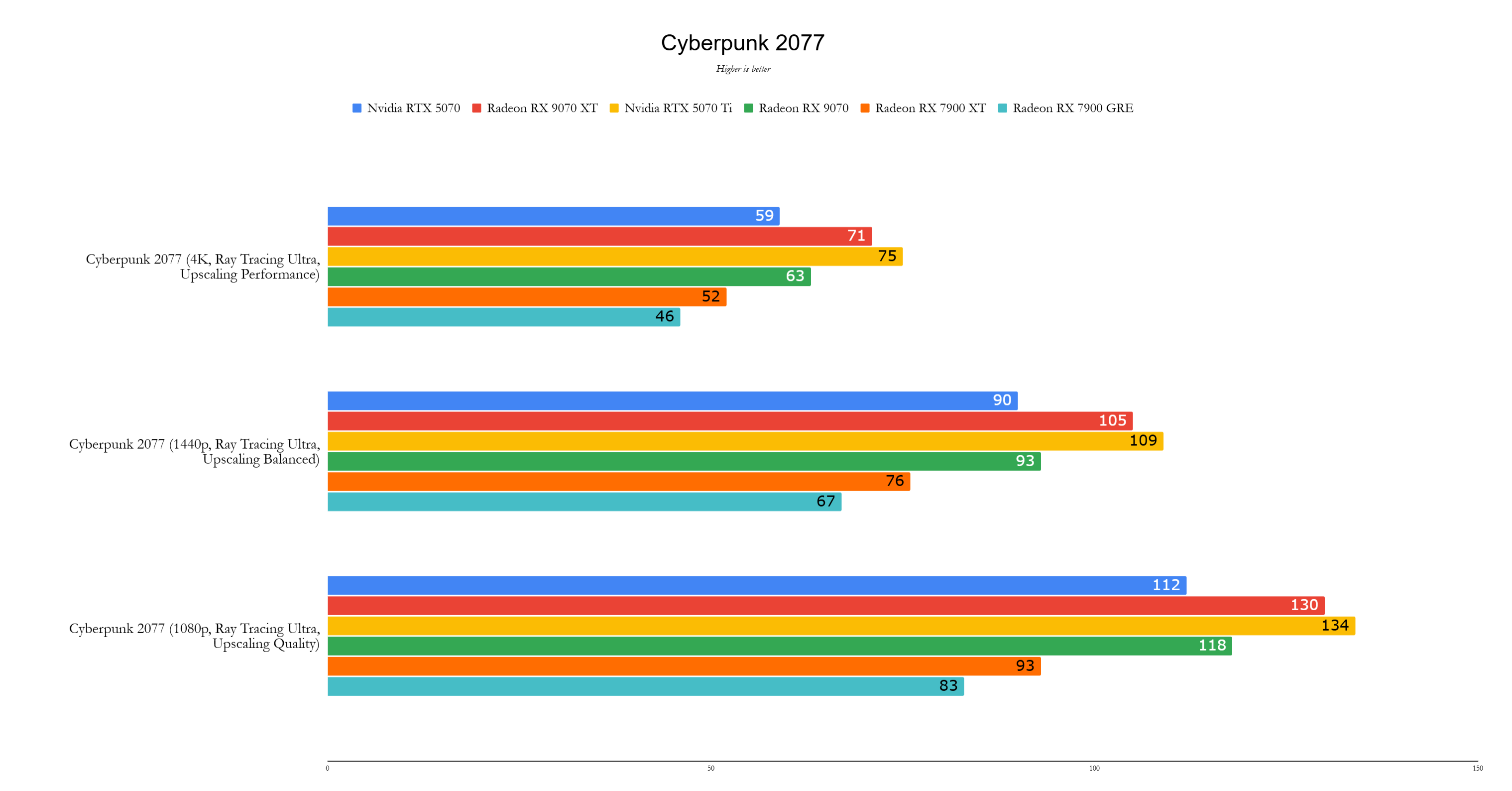
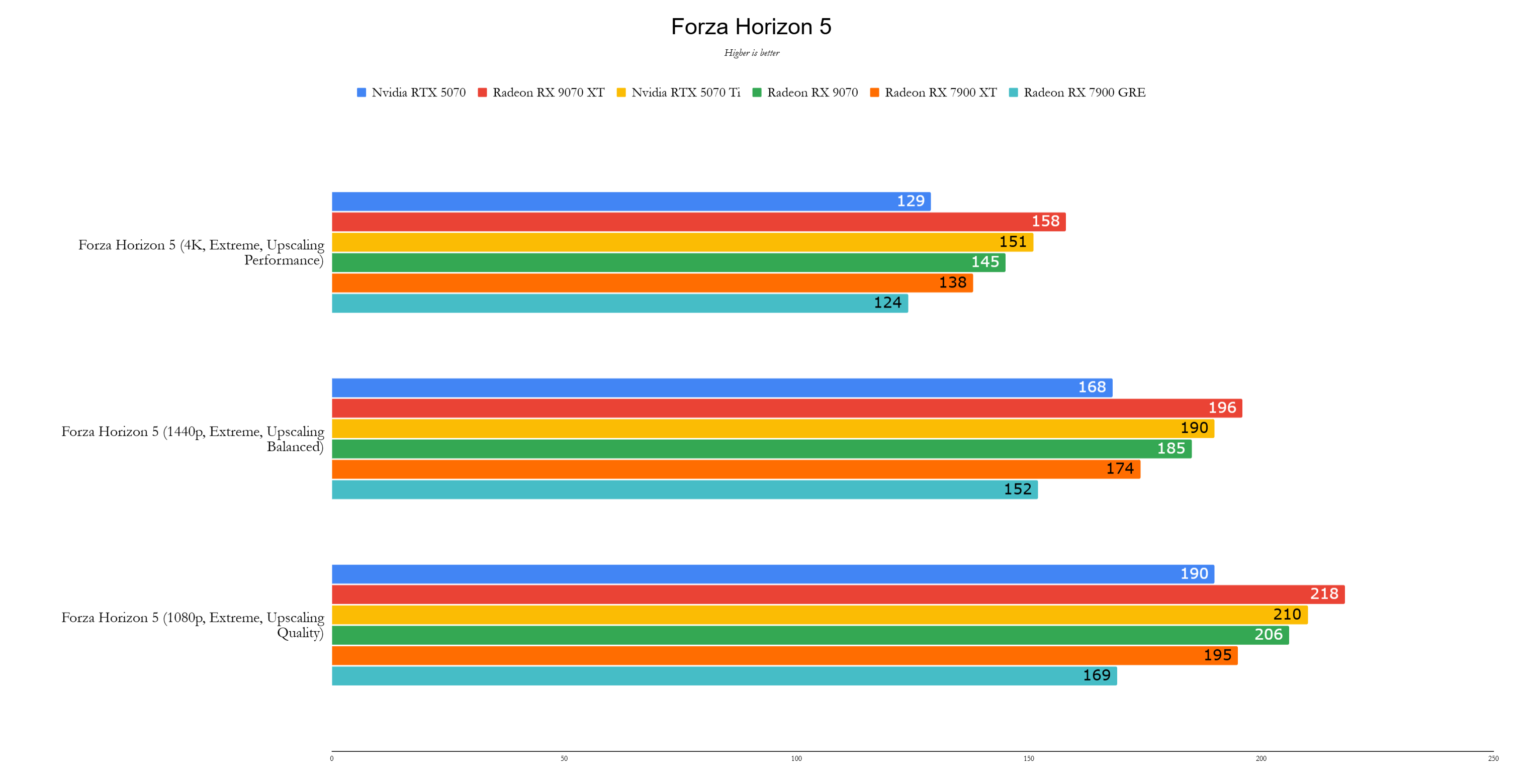

RTX 5070 Ti vs. RX 9070 XT: Performance
Despite the RTX 5070 Ti's superior specs on paper, its performance advantage isn't as clear-cut. Both cards excel as entry-level options for 4K gaming and are top contenders for 1440p gaming.
During my review of the AMD Radeon RX 9070 XT, I anticipated it would trail behind the RTX 5070 Ti, especially in ray tracing-intensive games. However, in titles like Cyberpunk 2077, the AMD card impressively stayed close to the RTX 5070 Ti's performance.
While the RTX 5070 Ti does lead in some games, such as Total War: Warhammer 3, achieving 87fps at 4K compared to the RX 9070 XT's 76fps, the AMD card surprisingly averaged 2% faster across various tests. This slight edge is significant, especially considering the RX 9070 XT's lower price point.
Winner: AMD Radeon RX 9070 XT
Nvidia GeForce RTX 5070 Ti – Photos
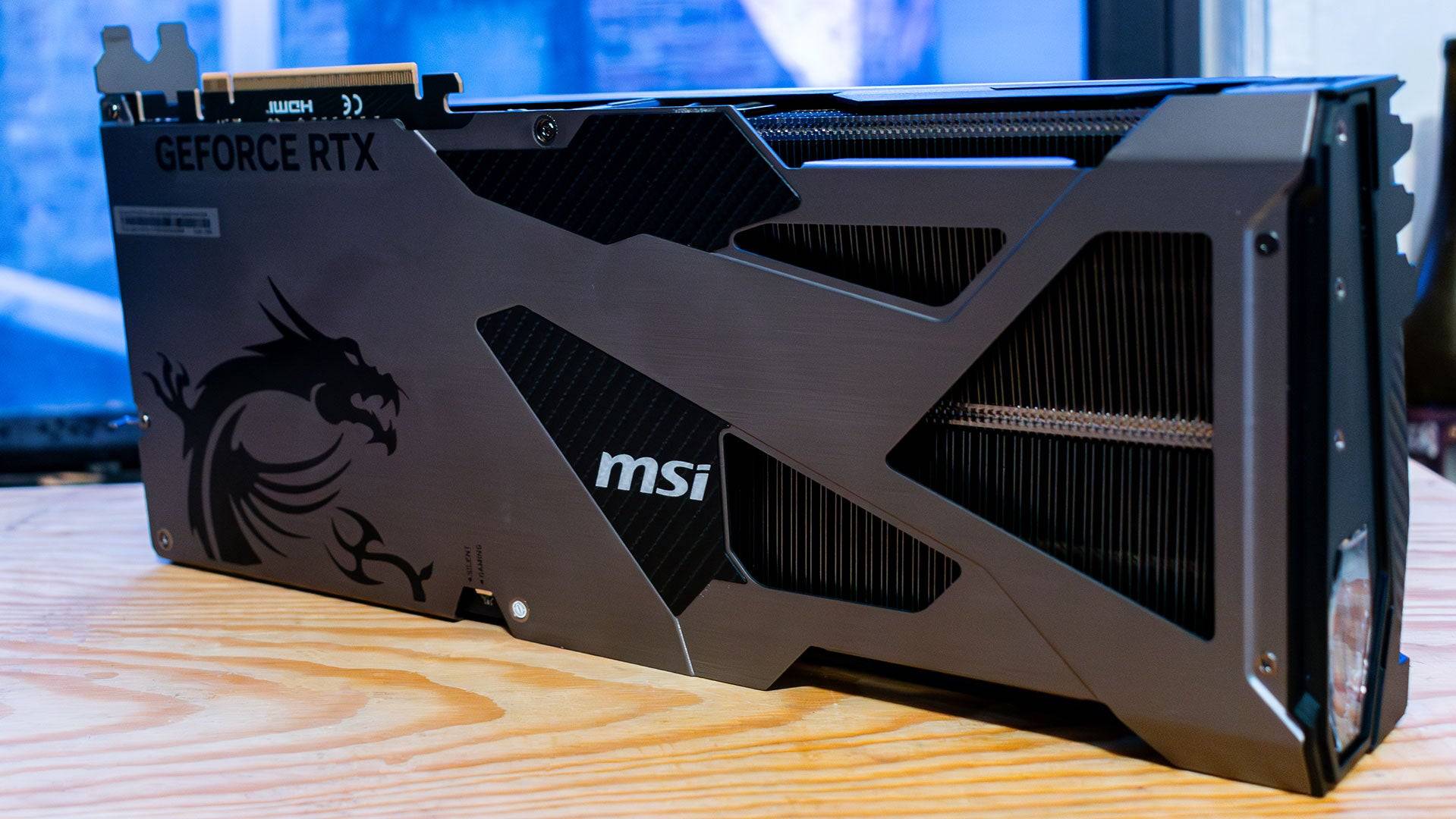
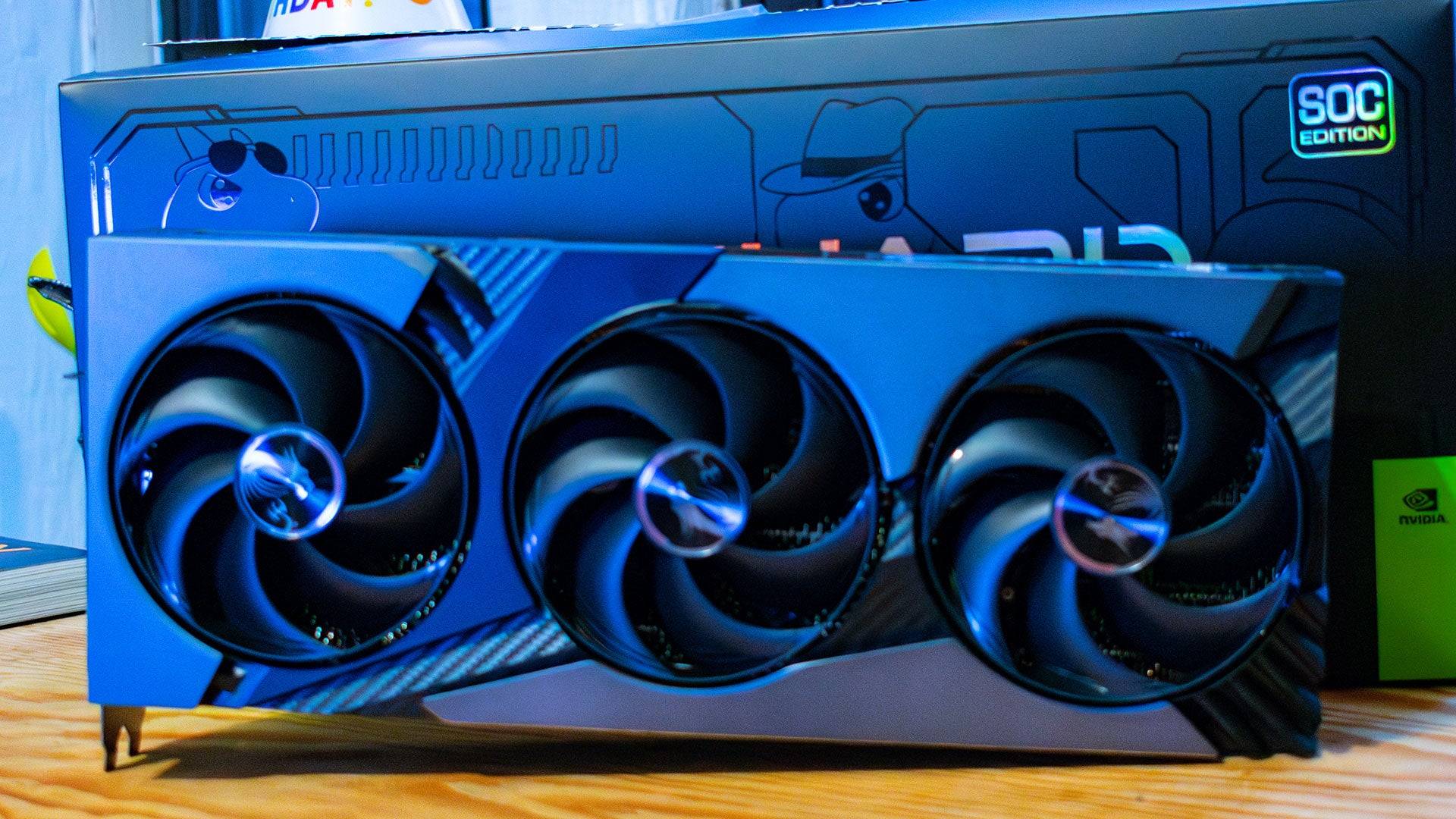 6 Images
6 Images
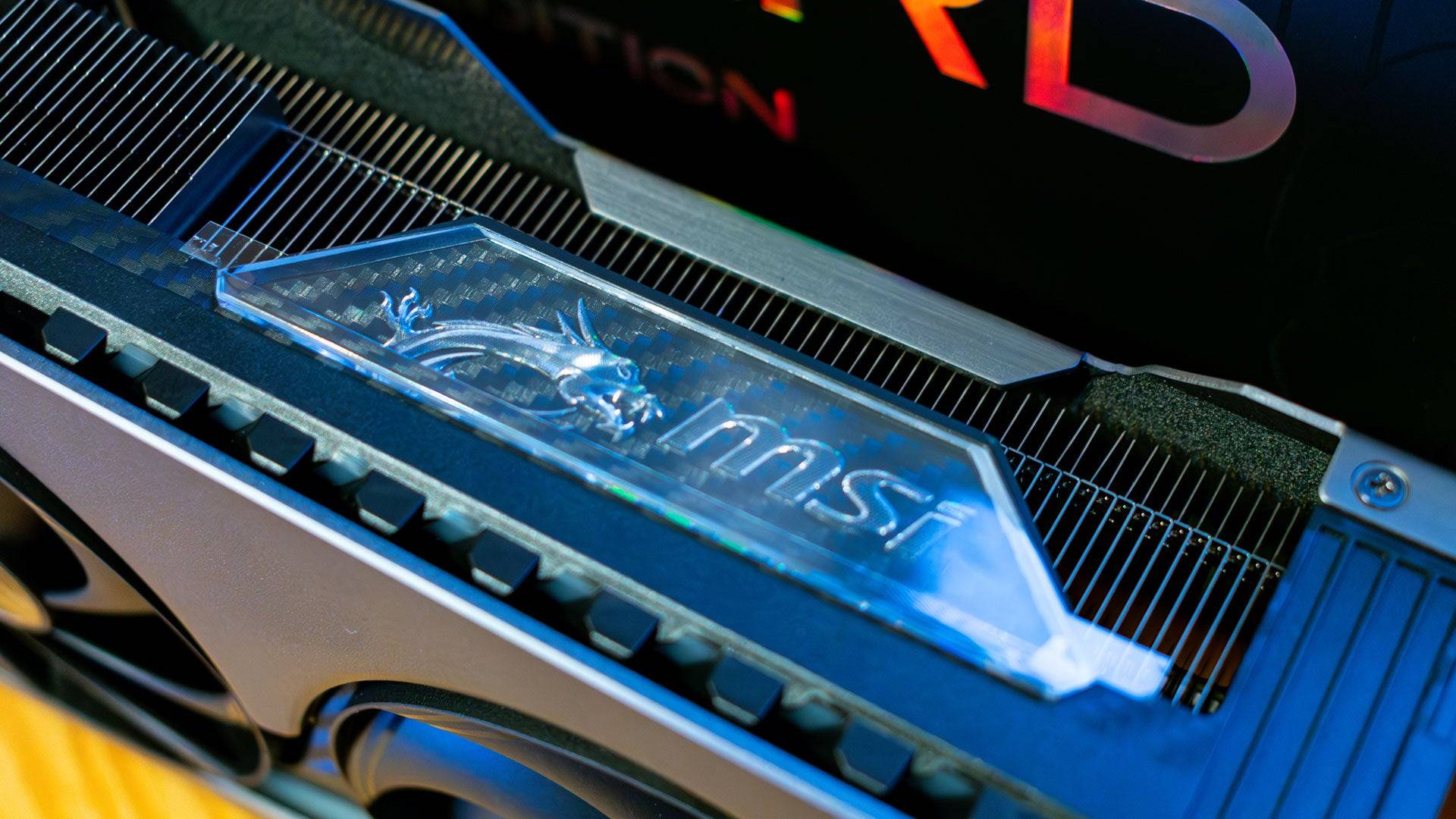
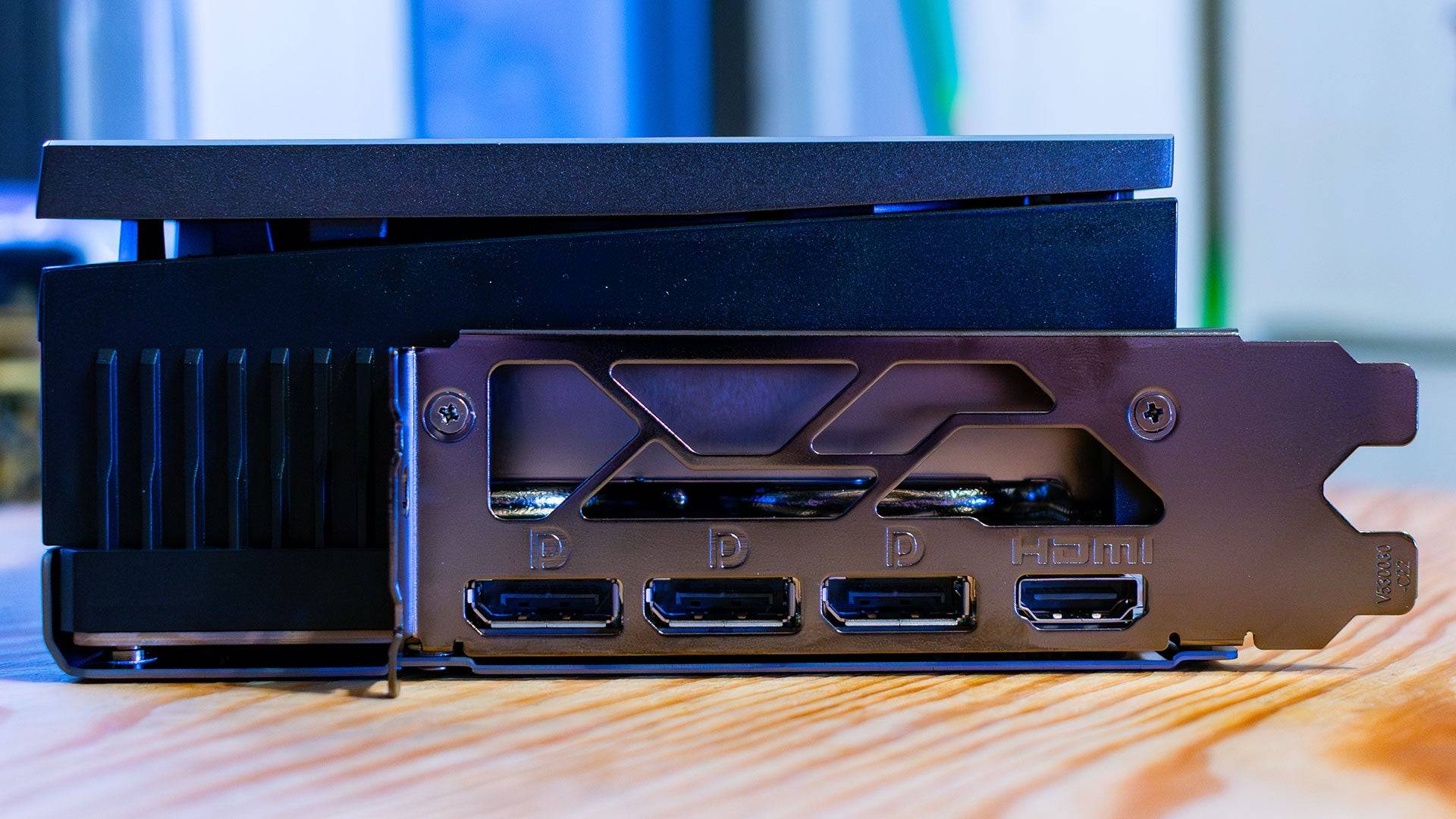

RTX 5070 Ti vs. RX 9070 XT: Software and Features
Choosing a graphics card today involves more than just hardware specs. Both Nvidia and AMD provide comprehensive software suites that enhance their cards' capabilities.
The standout feature for the Nvidia RTX 5070 Ti is its DLSS technology, encompassing AI upscaling and Frame Generation. With the RTX 5000 series, Nvidia introduced multi-frame generation, capable of producing three AI-generated frames for each rendered frame, significantly boosting frame rates. However, this feature incurs a small latency cost, mitigated by Nvidia Reflex. It's best used when already achieving at least 45fps, ideally over 60fps.
AMD also offers Frame Generation, but it's limited to one interpolated frame per rendered frame. The major leap for AMD this generation is FSR 4, introducing AI upscaling to their cards for the first time. Unlike the previous temporal upscaling method, FSR 4 employs AI accelerators for more accurate upscaling, though not as fast as Nvidia's DLSS 4. Keep in mind that this is AMD's first foray into AI upscaling, while Nvidia has refined DLSS over seven years.
Winner: Nvidia GeForce RTX 5070 Ti
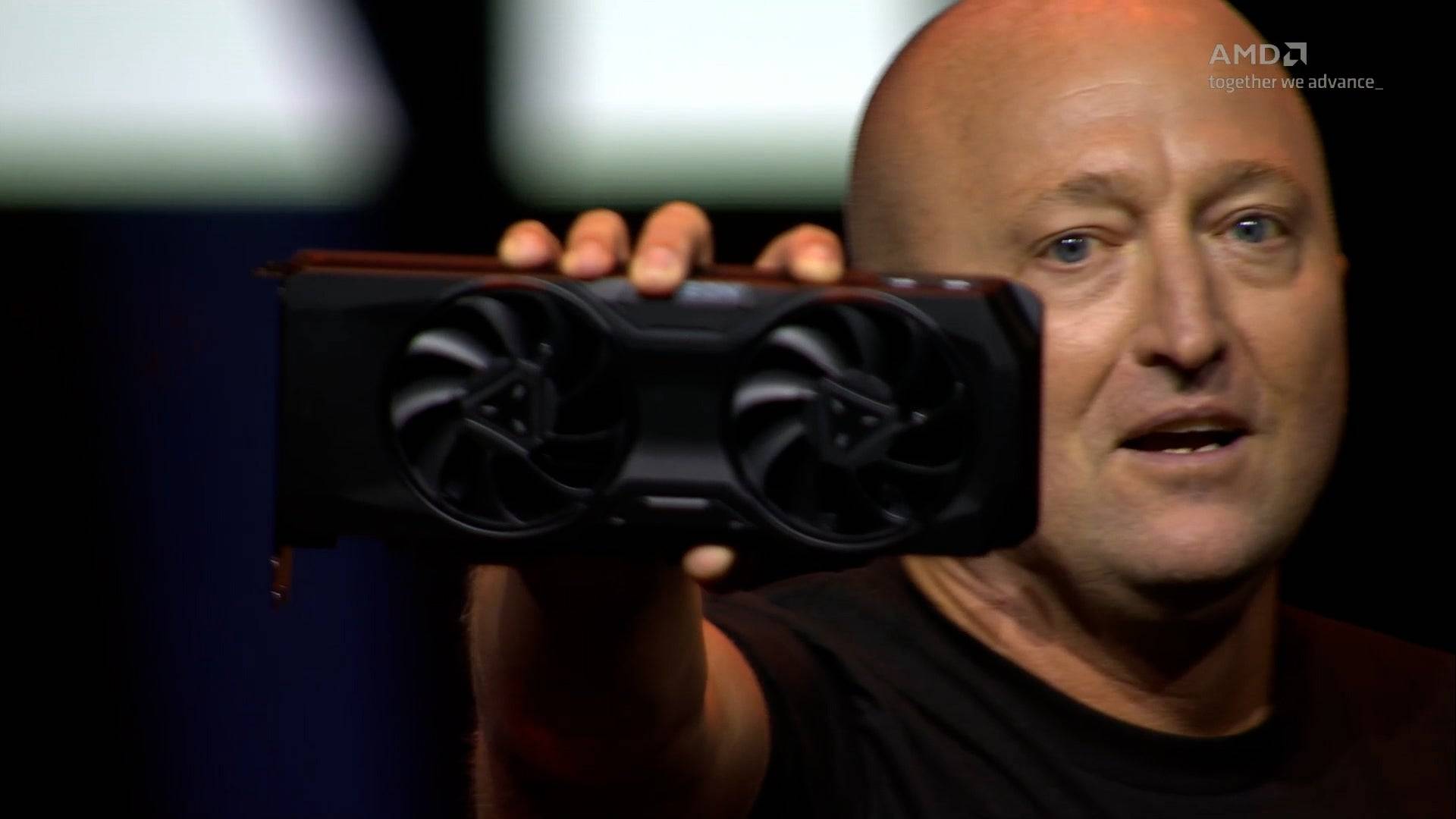
RTX 5070 Ti vs. RX 9070 XT: Price
The current GPU market is fraught with pricing challenges, as new generation cards are sold out and often inflated beyond their suggested retail prices. Both Nvidia and AMD set an MSRP, but retailers and third-party manufacturers can price them higher.
At launch, the AMD Radeon RX 9070 XT is a standout value at $599, making it a fantastic option for 4K gaming, especially with FSR 4 AI upscaling. This pricing harks back to when flagship GPUs launched at more reasonable prices before Nvidia's gradual price hikes, starting with the RTX 2080 Ti.
Conversely, the Nvidia RTX 5070 Ti, despite its similar performance, carries a base price of $749, a significant $150 more than the RX 9070 XT. The extra cost might be justified by features like Multi-Frame Generation, but its value depends on your specific gaming needs and preferences.
Winner: AMD Radeon RX 9070 XT
The Winner Is… the AMD Radeon RX 9070 XT
Both the AMD Radeon RX 9070 XT and Nvidia GeForce RTX 5070 Ti are excellent choices for high-end 1440p gaming and can handle 4K gaming admirably. However, the RX 9070 XT's ability to match the RTX 5070 Ti's performance at a lower price point makes it the clear winner, especially if prices return to normal levels.
For those building a gaming PC focused on high-end 1440p or venturing into 4K gaming, the AMD Radeon RX 9070 XT is hard to beat. While it lacks multi-frame generation, this feature is less critical for gamers without high-refresh 4K monitors.
-
1

Every Pokémon Game on the Nintendo Switch in 2025
Feb 25,2025
-
2

How To Read Black Panther Lore: The Blood of Kings in Marvel Rivals
Mar 01,2025
-
3
![Anime Vanguards Tier List – Best Units For Each Gamemode [UPDATE 3.0]](https://images.gzztb.com/uploads/35/17376012656791b0f12fa1c.jpg)
Anime Vanguards Tier List – Best Units For Each Gamemode [UPDATE 3.0]
Feb 27,2025
-
4
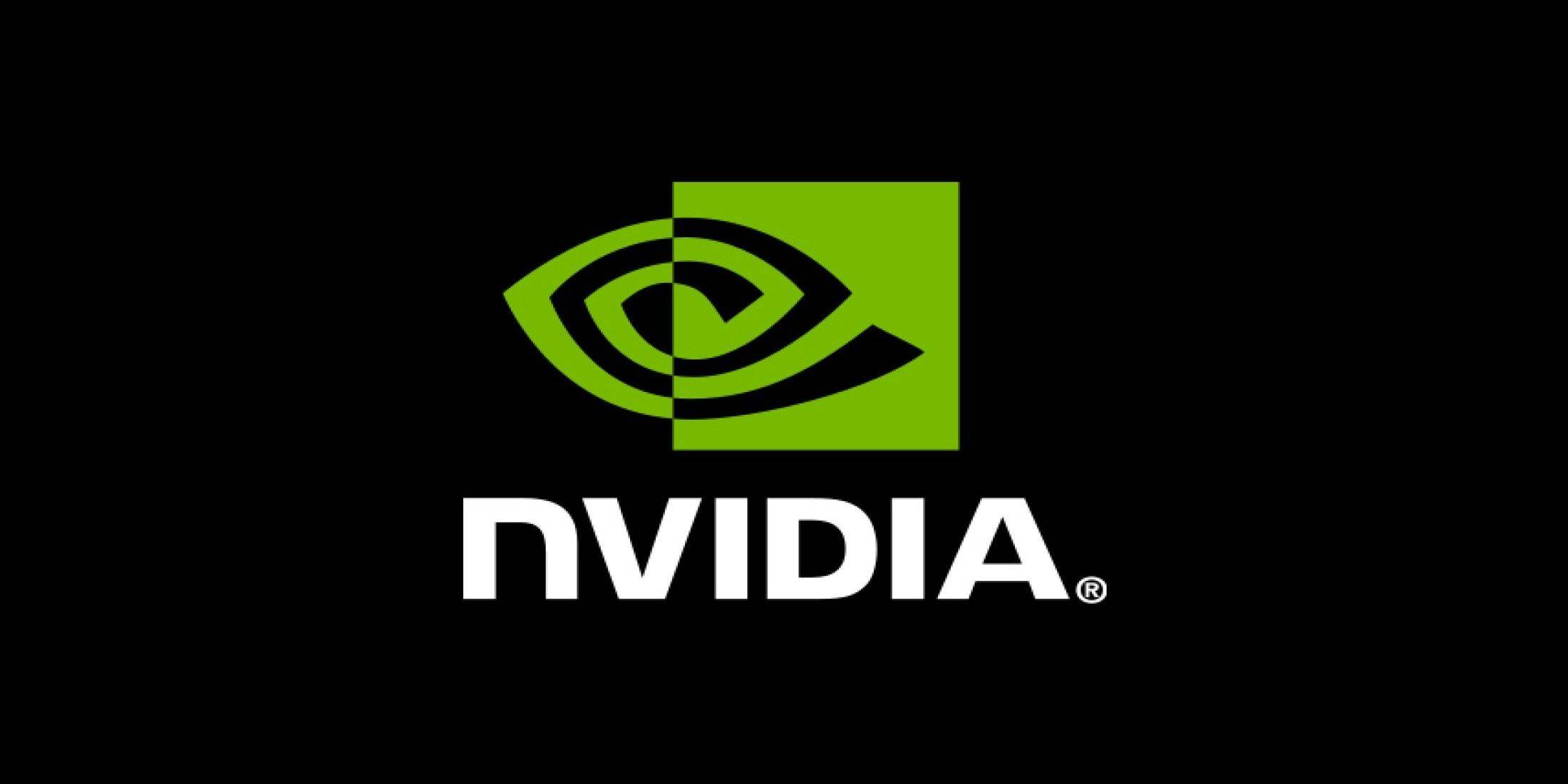
Nvidia RTX 5090 Specs Leak: Rumor Confirmed?
Mar 14,2025
-
5

Hearthstone has kicked off the Year of the Raptor with a myriad of new content
Mar 16,2025
-
6

Ragnarok X: Next Gen - Complete Enchantment Guide
May 25,2025
-
7

McLaren Returns to PUBG Mobile Collaboration
Aug 27,2024
-
8

January 15 Is Suddenly a Big Day for Call of Duty: Black Ops 6 Zombies Fans
Feb 20,2025
-
9

Assetto Corsa EVO Release Date and Time
Jan 05,2025
-
10

Roblox: Trucking Empire Codes (January 2025)
Mar 05,2025
-
Download

DoorDash - Food Delivery
Lifestyle / 59.30M
Update: Apr 23,2025
-
Download

Niramare Quest
Casual / 626.43M
Update: Feb 21,2023
-
Download

The Golden Boy
Casual / 229.00M
Update: Dec 17,2024
-
4
POW
-
5
Gamer Struggles
-
6
Mother's Lesson : Mitsuko
-
7
Poly Pantheon Chapter One V 1.2
-
8
How To Raise A Happy Neet
-
9
Dictator – Rule the World
-
10
Strobe













